How’t that for a model name? Rolls right off the tongue, right? I have to mentally prepare myself a bit to say it. But it’s quite a sophisticated machine. FM77AV is one of few Japanese 8-bit computers to support hardware scrolling, so in theory it should have some of the best-playing games. Unfortunately, I have very few games to test it with at this point.
I got this as a fairly standard auction on Yahoo Auctions from yugen2plus, a reputable seller, fully tested and working. It was a low-risk, high-cost purchase.
It is a pretty grand machine, though. It features a handsome black case and keyboard. One nice thing about the keyboard is that the cable is completely removable and replaceable with a standard S-video cable. In fact, mine had already been replaced with an exceptionally long S-video cable, which came in handy.
It comes with BASIC on ROM, which means even without games you can poke around on the system a bit.
But frustratingly, it has a separate, disk-loaded version of BASIC that you need if you want to access your floppy disks from BASIC. This means you can’t even format a disk unless you track down the disk version of BASIC, which has proven hard to find. Not impossible, though!
It also has a 6809 CPU, which I’ve heard referred to as the most powerful 8-bit CPU available. Earlier models had the choice of one or two drives, but by the time we got to the 77AV20 models, all systems came with two 3.5″ 320KB floppy disk drives. Stock RAM is 128KB, video RAM at 96KB, capable of displaying 4096 colors at 320×200.
Someday I would like to upgrade to the even more powerful FM
77AV40EX, but for now I will be satisfied with this!

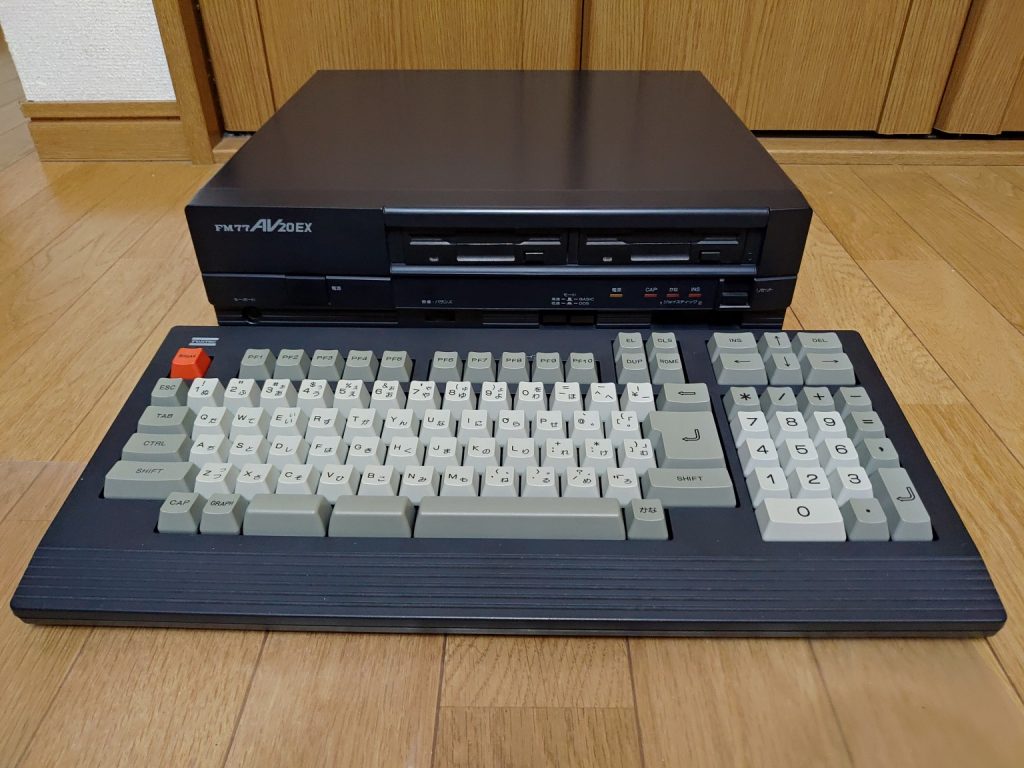
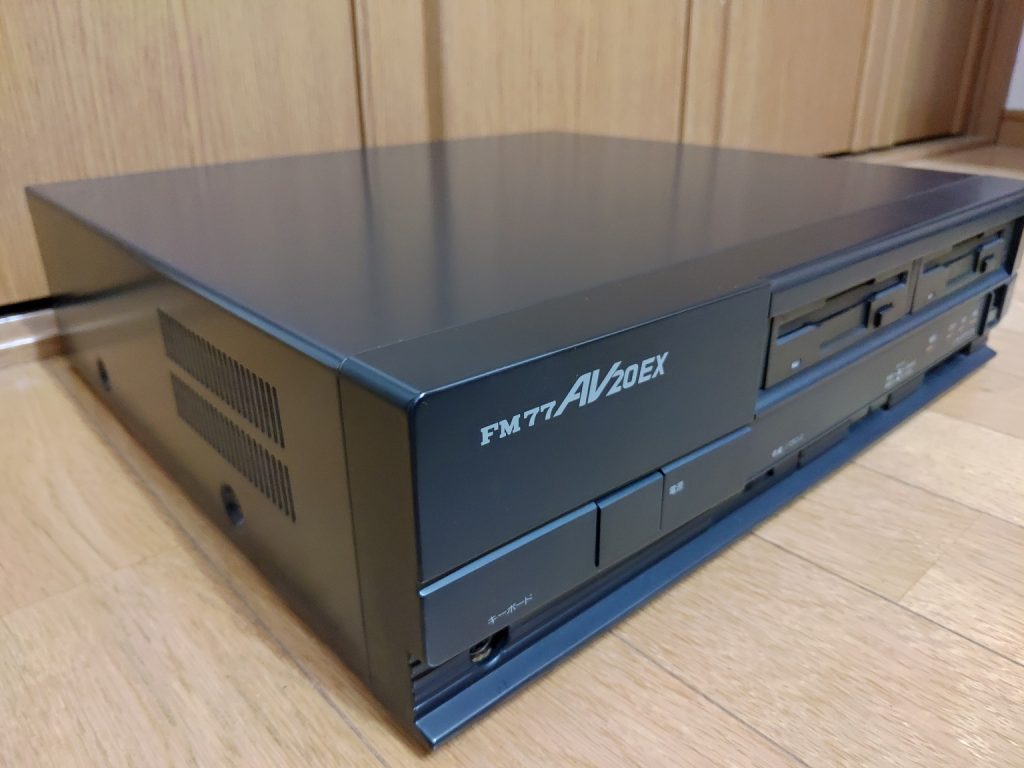
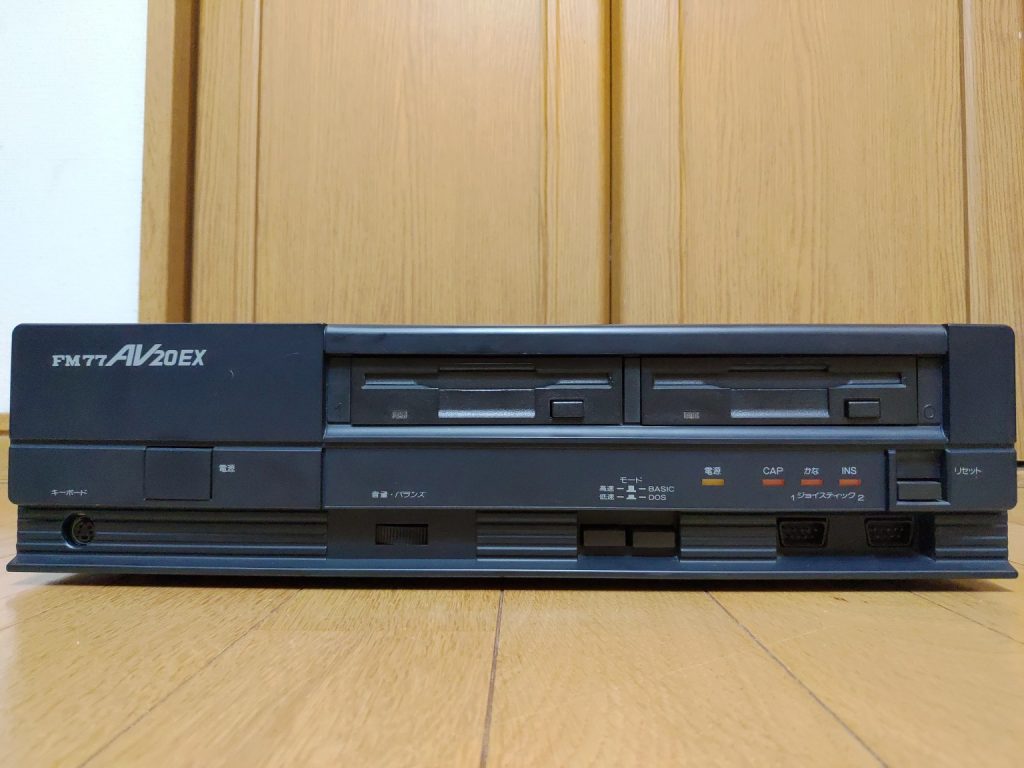
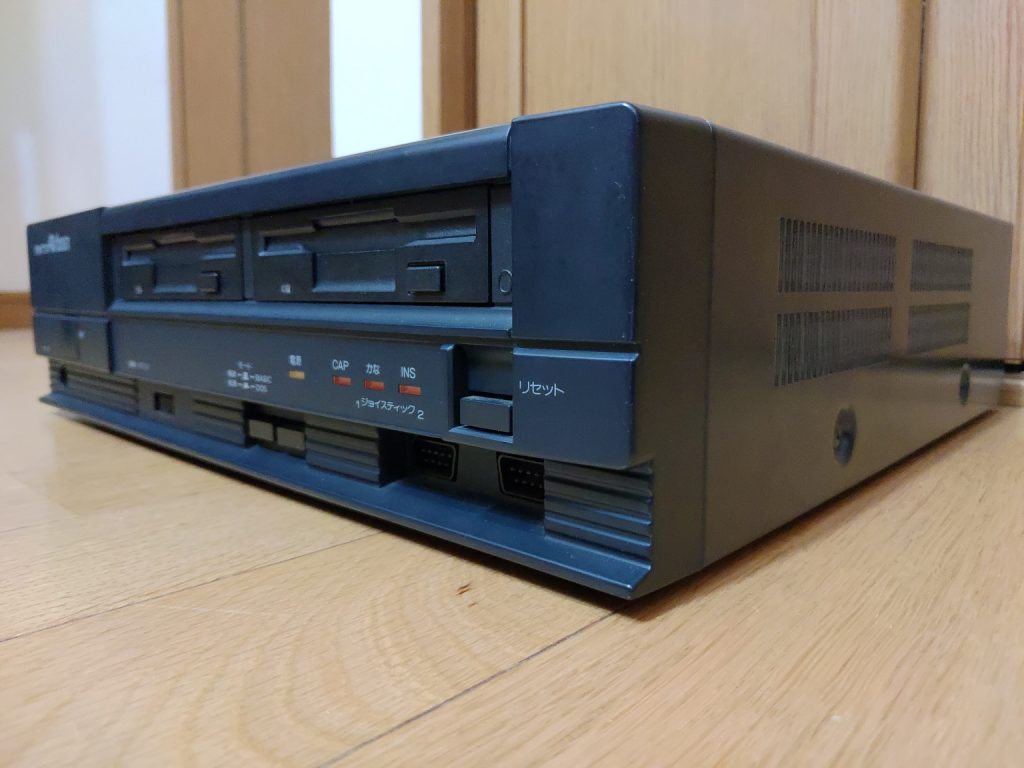

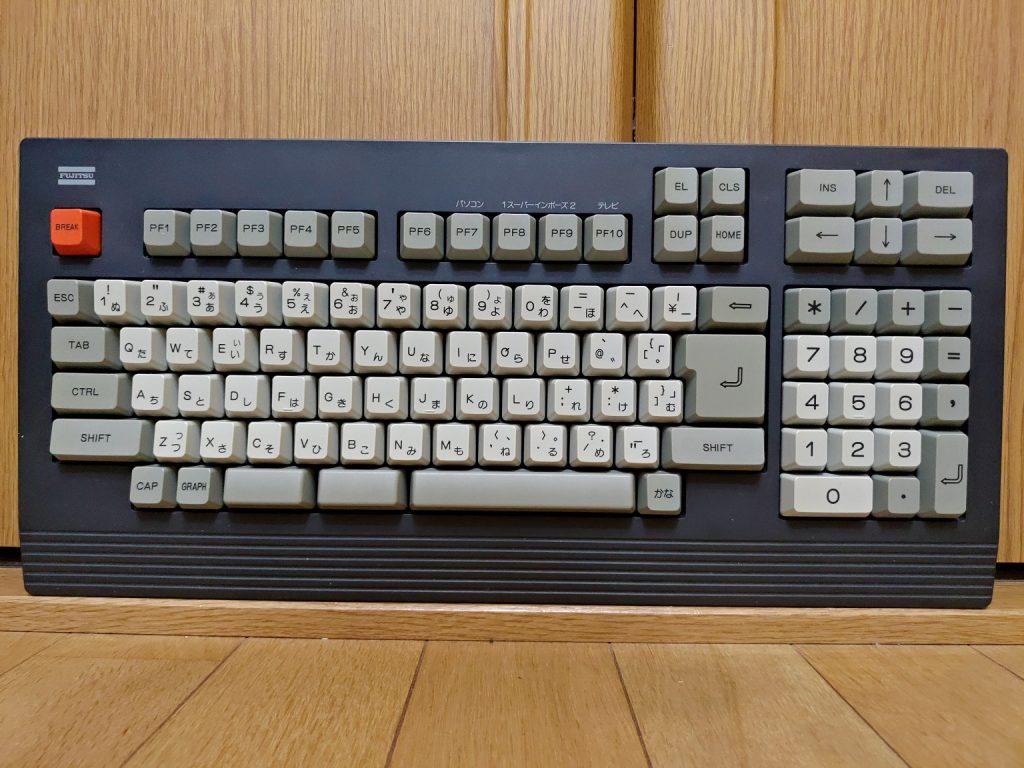
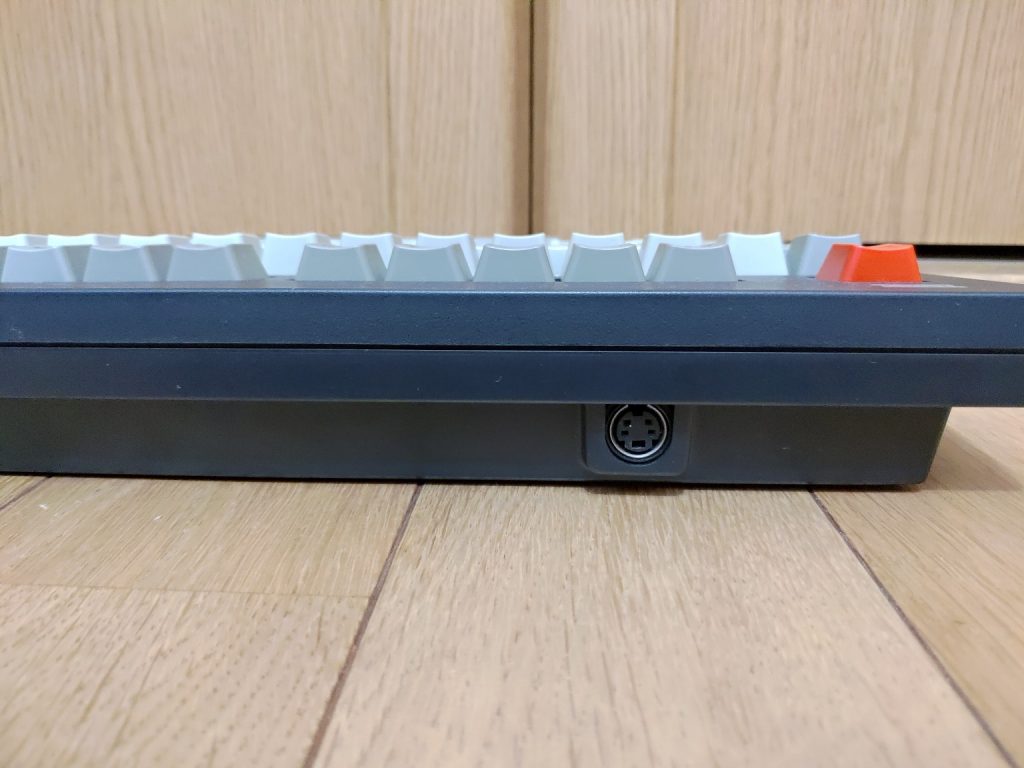
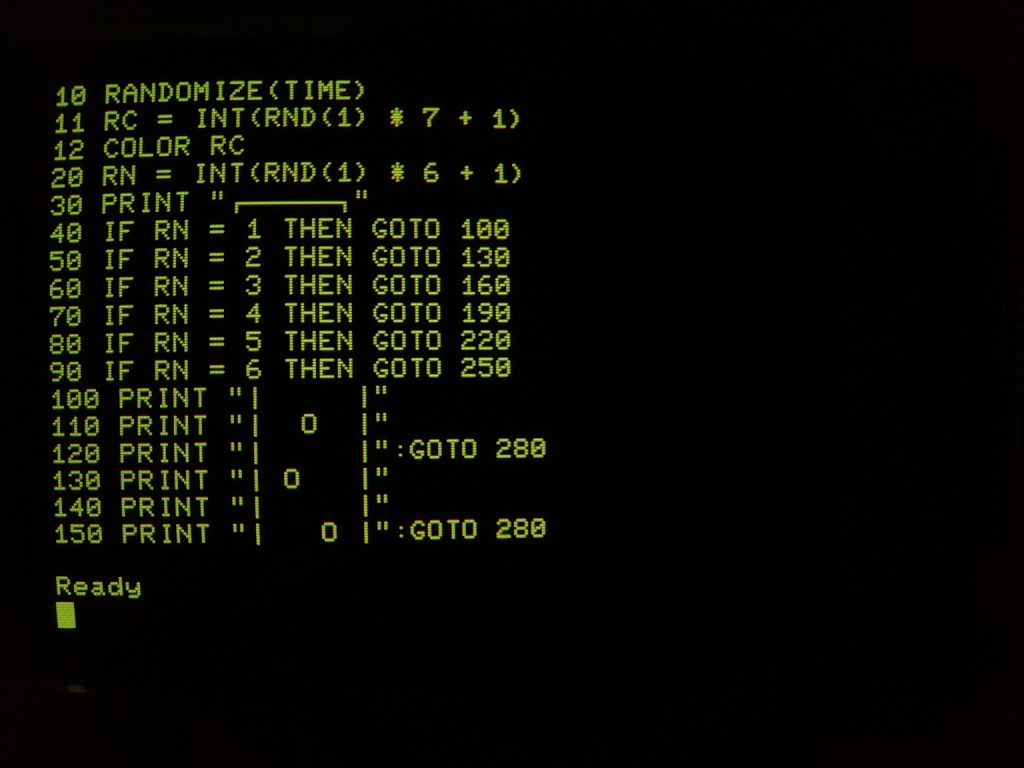
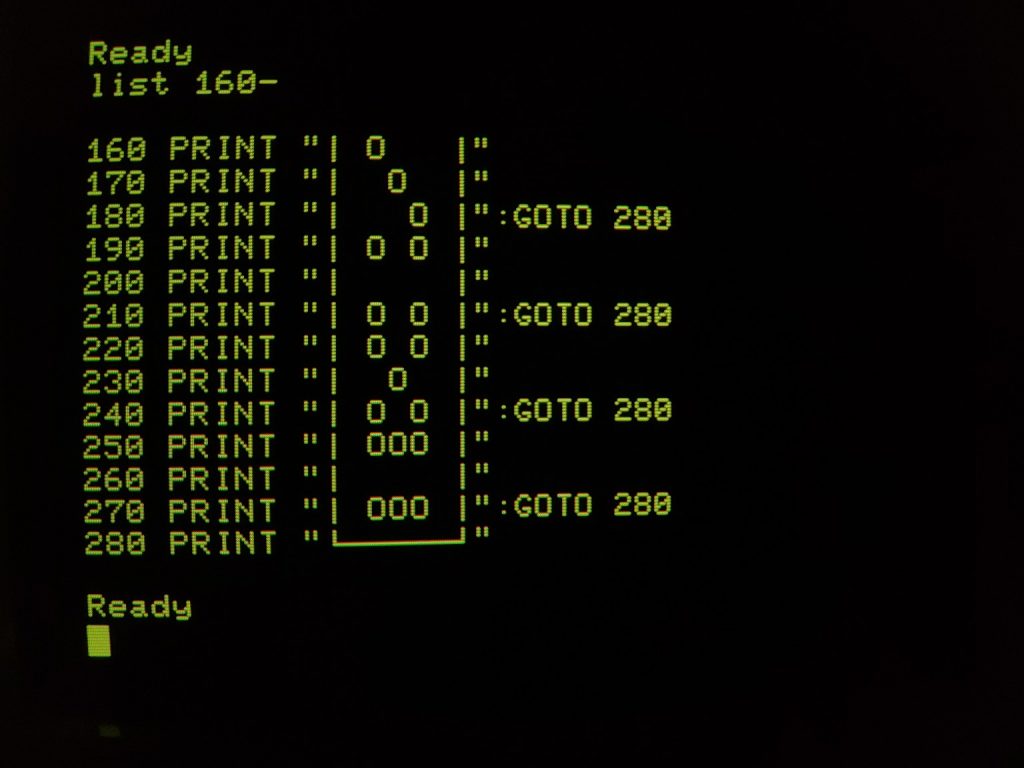
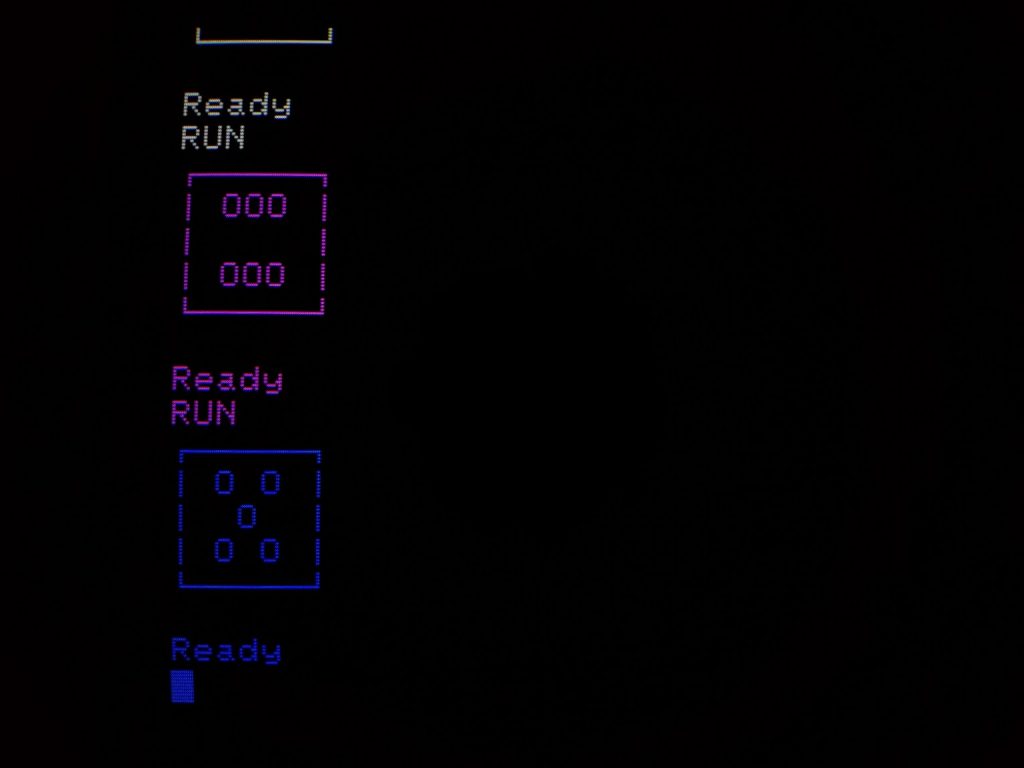


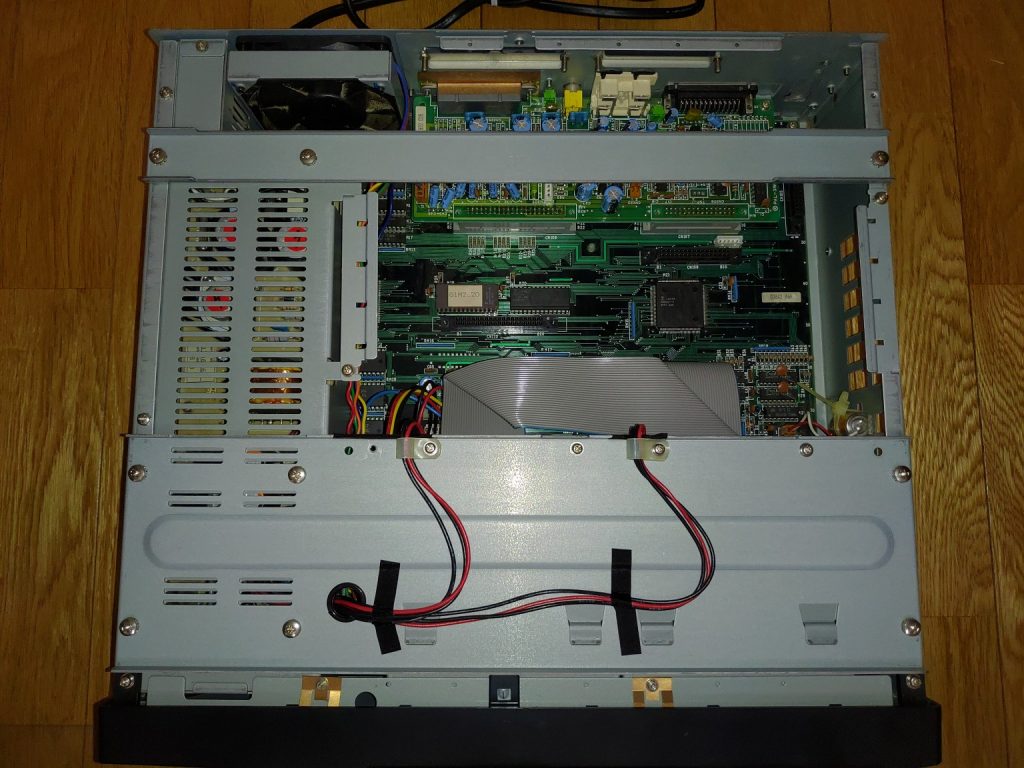
Most people would probably agree that the 6809 is certainly the nicest 8-bit processor to program; the architecture is just beautiful compared to the somewhat hacky 8080/Z80 and the rather more limited 6502. Power, I suppose, depends on your point of view and the era in which you’re looking at it: at the same clock rate it’s faster than the other 8-bit processors, but over time much faster versions of the 6502 and Z80 became available, whereas Motorola dropped the 6809 in favour of concentrating on the 68000. (System builders who wanted to use 8-bit memory and peripherals had the 68008 available, which was used on quite a few mid-80s Atari arcade boards.)
The main issues that kept it from being truly popular were that it came along rather late in the game (around 1979), several years after the 8080 and 6502 had become popular, and the 6502 was always a lot cheaper. Its ancestor, the 6800, was the second major 8-bit microprocessor to appear (after the 8080, but before the 6502), but though you can certainly see the genesis of the 6809 in the 6800, there were a couple of poor architectural design decisions that made it the slowest of the three for most code, so Motorola languished in that market until the 6809 appeared. (The 6800 and somewhat improved descendants were heavily used in embedded systems, though, particularly in automobiles.)
It is very nice that you are preserving history of Japanese retro computers! Thank you very much!
I was using FM-7 and FM77AV when I was a kid. I am now living in Pittsburgh and am maintaining FM-7, FM77AV2, and FM77AV40 here. FM-7 is the original unit I was using when I was a kid, others I got from buyee.jp. I suppose you are lucky enough to have a unit with functioning floppy-disk drives, but when the drive is dead, I have developed a disk BIOS redirector that can feed disk image via RS232C port. If you are interested, please check it out: http://ysflight.com/FM/e.html You can also find a tape BIOS redirector that feeds tape image via RS232C.
I believe FM77AV40, not AV40EX, are the best maintainable FM-7 series computer that can run more than 99.9% of the applications developed for FM-7 series. Namely, FM77AV, AV20, and AV40 are the only 3 models that come with infra-red keyboard port, which can be emulated by Arduino (http://ysflight.com/FM/FM77AVKeyboardWithArduino/e.html ). When the keyboard is broken or missing, these 3 models have a cheap alternative.
I am working on FM TOWNS projects now. I write another comment in your FM TOWNS 2F section.